Disclaimer: I really liked my time with the device, but not everyone had the same experience. Ars Technica, in particular, had a rough time with the product. The issue appears to be the very narrow gap between the displays when closed. I had the case on for most of my time with the product, which should help with that a bit. But it’s also never a bad idea to wait until there are a bunch of these out in the world before pulling the trigger. Especially when that trigger is $1,800.
The true mainstreaming of foldables remains an open question. There are still a number of key roadblocks on the way to broader adoption — mostly notably price. But the last few years have seen the form factor come into its own. People were — I think — rightfully skeptical in the earliest days. After all, Android phone makers love a good concept device, practicality be damned.
This year’s Mobile World Congress was quite edifying. Walking the halls of the Barcelona Fira really drove home how many companies are taking it seriously. It’s still ultra-premium and wildly expensive for many, but it’s also very real. Products are trickling out in the wild. The other day, someone stopped me to ask about the foldable I was using. For the first time, however, the person wasn’t baffled about the product. He proudly showed me his own Galaxy Fold.
Samsung was, of course, the tip of this specific spear. The first Fold was an ambitious product — perhaps a little overly so, with some high-profile fumbles out of the gate. But the product was exciting enough to attract general interest — especially in its native South Korea. Last year, the company’s mobile head, TM Roh, asserted that 10 million foldables were shipped in 2021 alone — Samsung almost certainly making up the lion’s share.
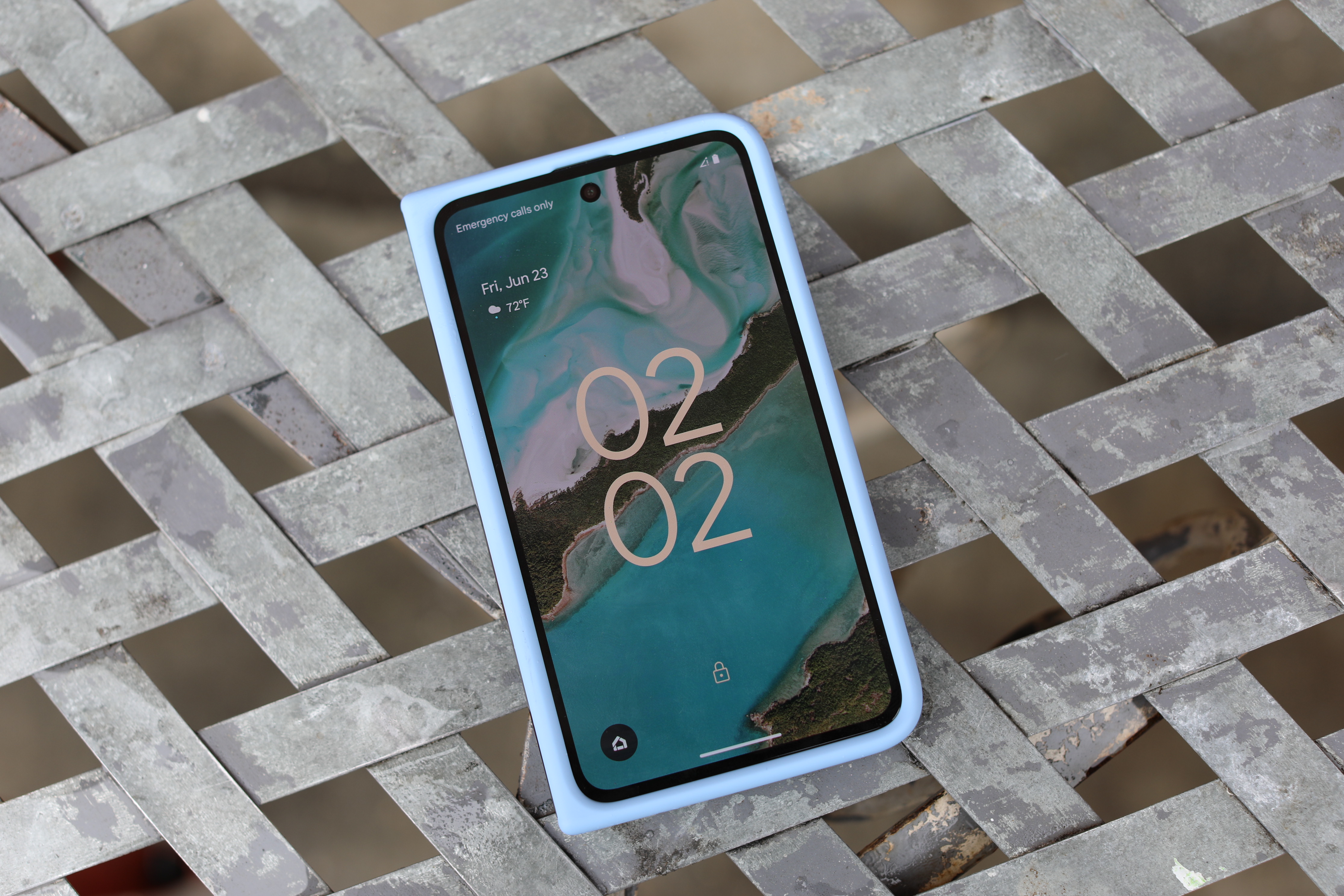
Anecdotally, I’ve watched some professionally skeptical tech folk shift from mocking the category to wondering aloud which foldable to buy. For me, personally, reviewing the Galaxy Flip was the first time I seriously considered joining the team. The more crowded the space gets, the more diverse the product offerings and the more people don’t feel like they have to settle for the only game in town. After all, the Fold is still a big and bulky device. It’s certainly not for everyone.
Google’s entry into the category wasn’t a surprise, exactly — certainly not in the sense that every single detail was leaked prior to release. But unlike companies like Samsung, Huawei and Oppo, Google doesn’t make a lot of phones. The company’s mobile fortunes have been mixed, to put it nicely, and it ultimately had its most success on the low end of the spectrum, with its budget Pixel A series. Heck, pricing has been an important aspect of all of its Pixel handsets. At the very least, it’s a distinguishing factor from industry leaders, Apple and Samsung.
The Pixel Fold is an $1,800 device. The best you can say about that is it’s more or less on-par with the Galaxy Fold. R&D costs a lot, the company doesn’t have much scale yet and components are still broadly expensive. But with price off the table, Google has an uphill battle to differentiate itself from a relative niche that has been dominated by a single company since its inception.
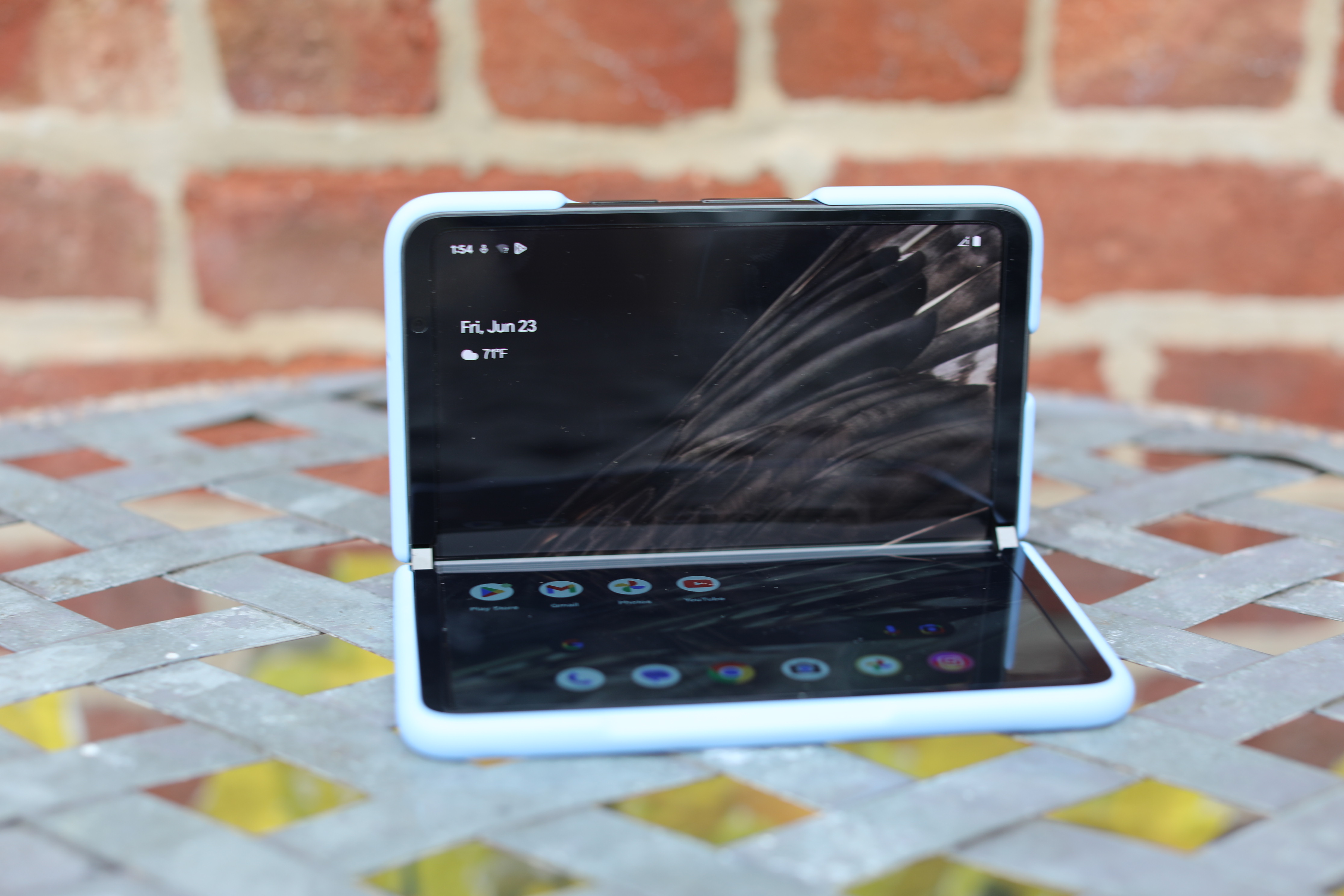
Software has long been Google’s go-to. That’s a tough proposition in its own right. For one thing, most of the Android innovations that roll out to Pixel quickly make their way onto other devices. For another thing, Android L (large screen) — which made both the Pixel Fold and Tablet possible — found the company working closely with Samsung from the outset.
Ultimately, it seems, Google went a different route: make the most well-rounded piece of hardware you can, and hope for the best. That shouldn’t seem like a radical bit of product design, but in the world of smartphones, which has developed into a race for camera hardware and Pixel density, it kind of is. And with the Pixel Fold, it’s largely effective. This isn’t an exciting device from the standpoint of bleeding-edge technology. If anything, Google waited for the category to mature a bit. When you rush out to be the first with a given piece of technology, you risk bringing an inferior product to market.
Google let the Pixel Fold bake a bit longer, and it’s a better product for it. It’s not quite the Apple play, in the sense that the Pixel line doesn’t have the cultural cachet or uber simplicity to feel like it’s transformed a category in one fell swoop. But Google has been in the smartphone business long enough to understand that it’s going to have to fight for every market share percentage point. Coming out of the gate with a well thought out alternative to the foldable status quo is a solid starting point.
It’s a good-looking device to start. Samsung has taken a garish approach to the category, with chrome designed to draw the eye and really drive home the point that this is an expensive investment, just in case the foldable screen didn’t fully give it away. The Pixel Fold is unassuming — to the extent that a foldable can be in 2023. The glass and metal materials are clearly premium, but the color scheme is subtle. The only really distinct bit of design language is the camera bar, which has been a Pixel signature for a while now.
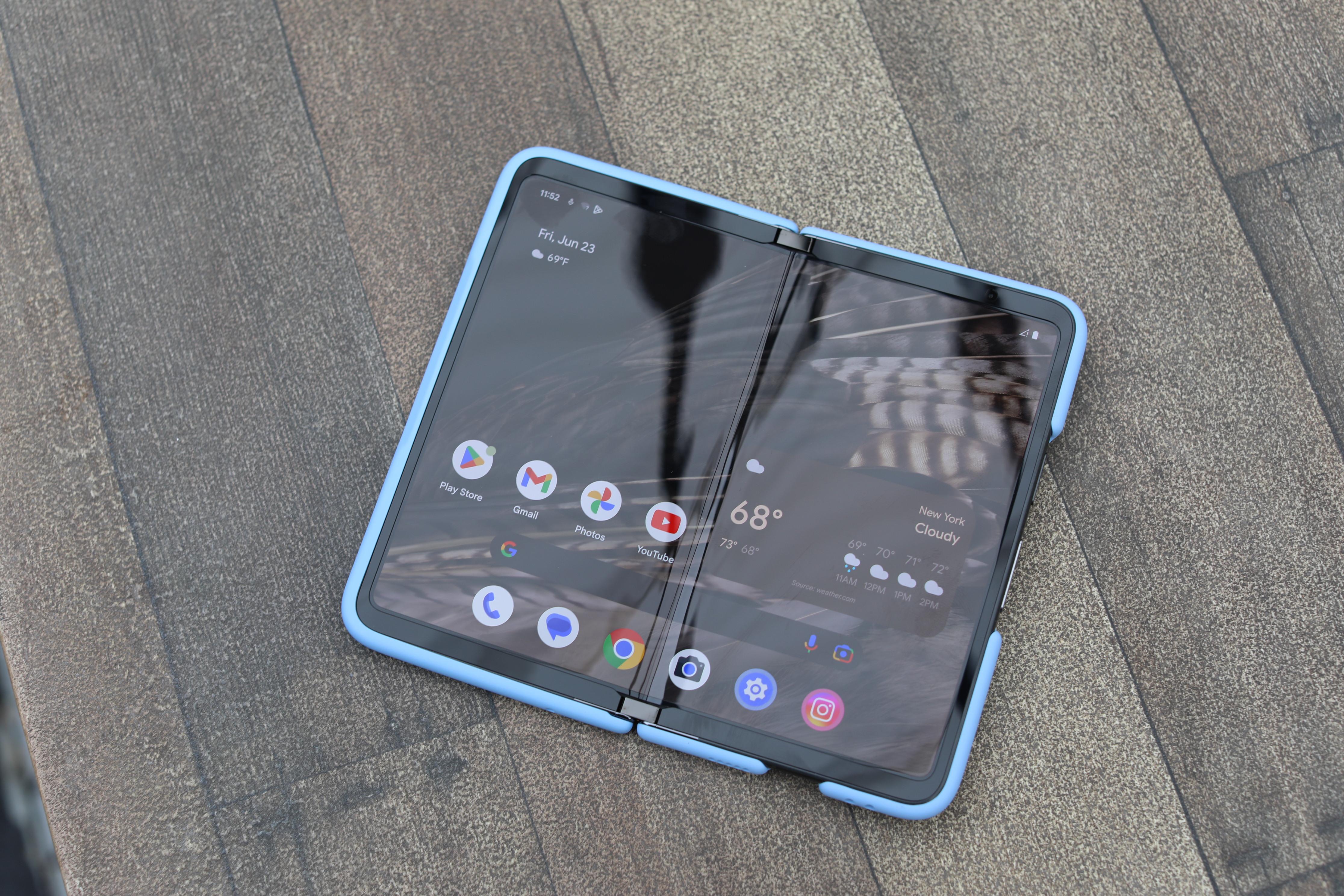
When the company showed me the device ahead of launch, I asked about form factor — specially why the company opted for the book-style foldable, versus the clamshell. It was something of a loaded question on my part. As I mentioned above, the Galaxy Flip has been my favorite foldable for a few years now.
“We felt like there was a lot more we could do with the bigger form factor,” the company told me at the time. “You get a useful phone, and it turns into a high-productive tablet. With the clamshell, the outside display is pretty limiting, and then you just get a normal phone when you open it up.”
Fair enough. A lot of this ultimately comes down to why you’ve purchased a foldable. Is it to have something more compact or to effectively carry a tablet around?
The Pixel Fold isn’t compact, exactly. It’s shorter than most flagships, but also wider than many. At 0.5 inches closed, it’s thicker than most. That is, however, quite thin for a foldable (keep in mind that you’re literally folding the screen on top of itself). At 10 ounces, it’s also fairly heavy (another foldable pitfall for the foreseeable future).
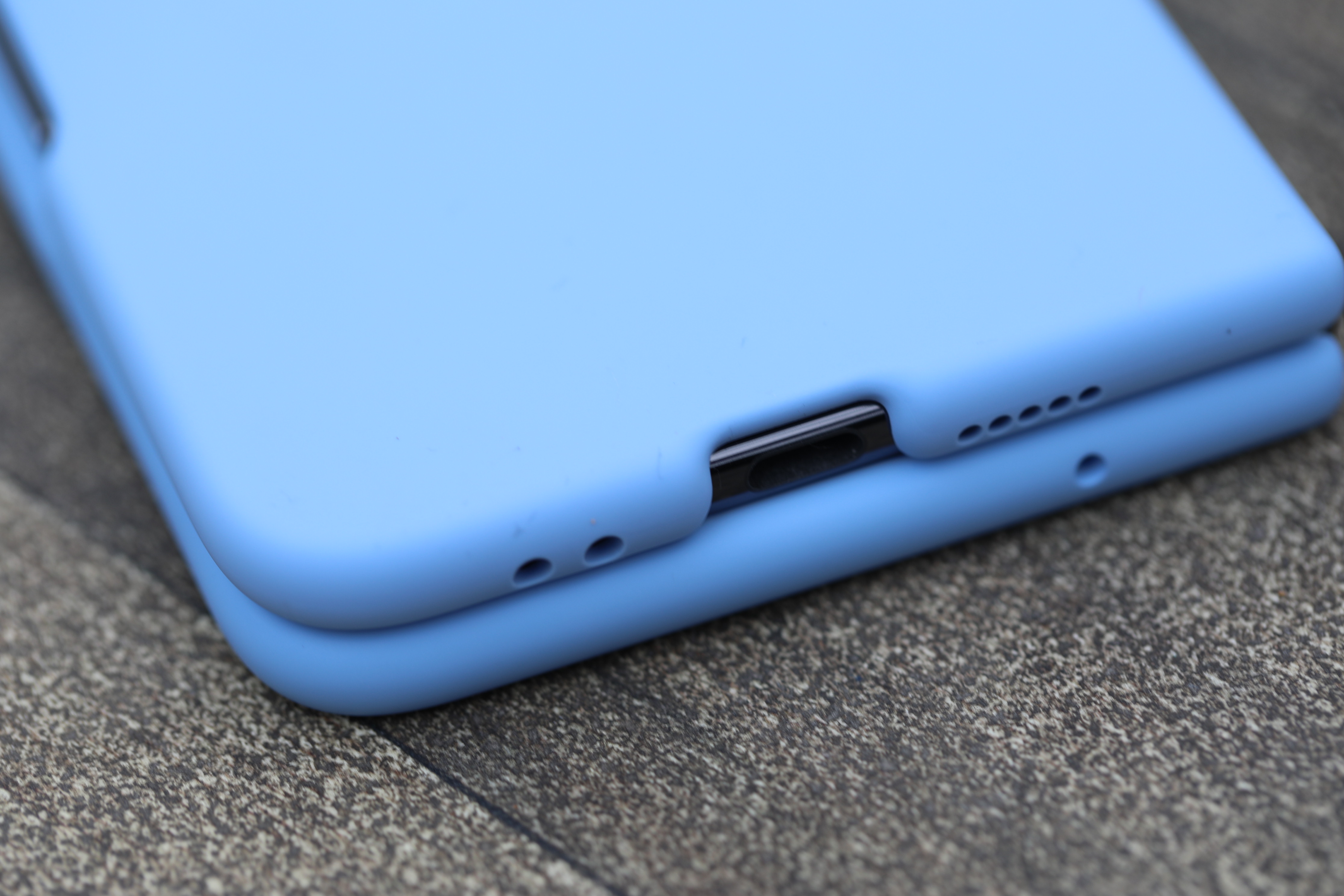
That said, Google nailed the dimensions here. The Pixel Fold feels like the right size, open and closed. The closest comparison I had when it launched is the bygone Microsoft Duo. At 5.5 by 3.1 inches, it’s shorter but wider than the Galaxy Fold. The front display isn’t quite edge to edge, but the 5.8-inch front-facing screen is more than sufficient for many day to day tasks. In fact, I found myself using the front screen more than the 7.6 inch internal, because unlike other foldables, it mostly does the job. That’s nice, because frankly, it’s a pain having to rely on a 7.6-inch screen for most tasks, especially on the go.
It’s also a rare instance of a device that actually looks nicer with the case. That’s the Bay (blue) Google cover in the photos. It’s a polycarbonate made from about one-third recycled materials. The rounded, soft look complements the product design, and the blue pops, but is subtle enough to not detract from the overall experience. The wireless charging works just fine through the case.
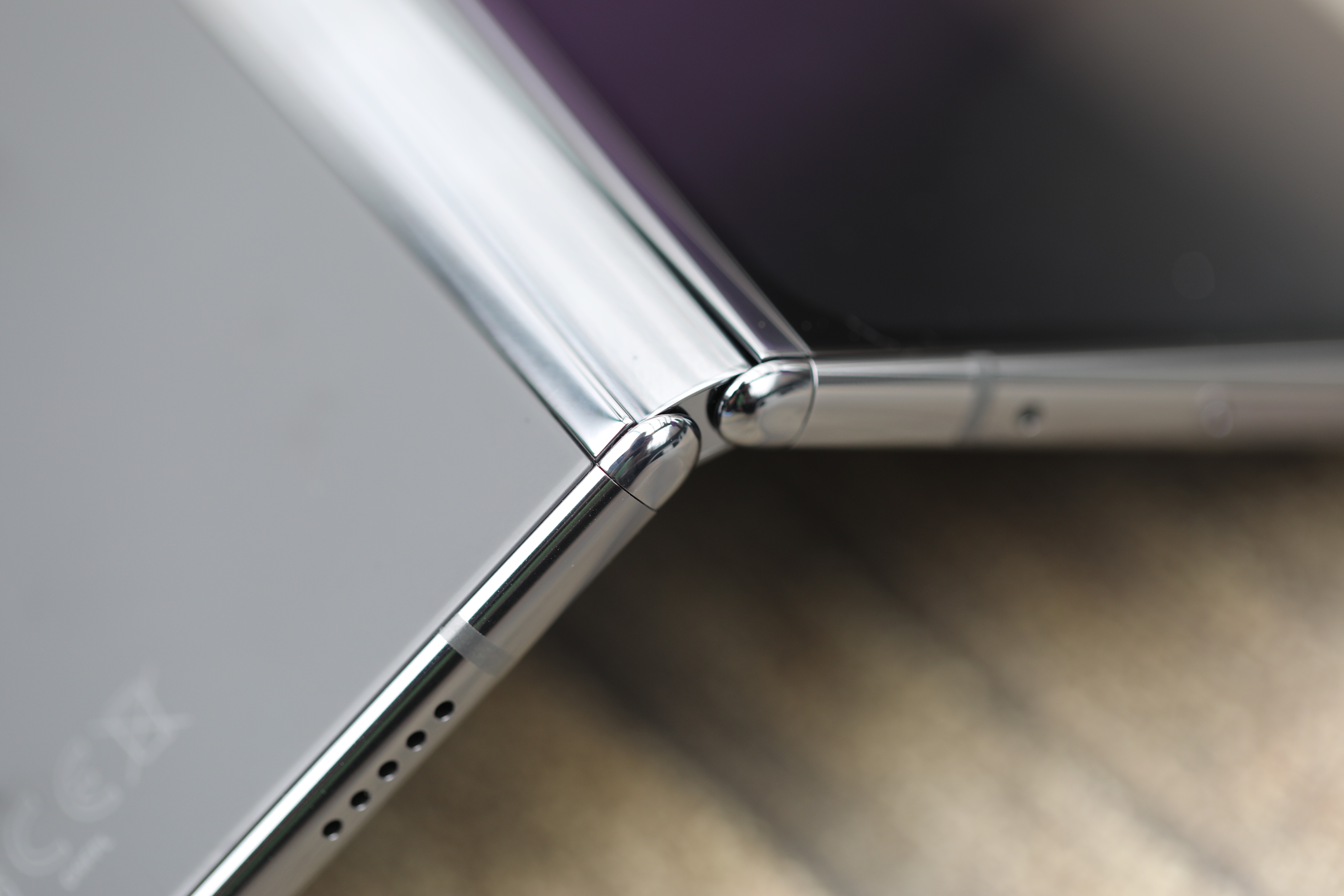
Hinges have, of course, been one of foldables’ biggest pain points. The hinge was a key part of Samsung’s early issues. It’s also the source of what may be Google’s most interesting innovation.

“With other foldable devices you have the hinge components under the display, which drives up the thickness,” Pixel product manager George Hwang said in a blog post shortly after the announcement. “So with our hinge, we moved these hinge components entirely to the ends of the device, out from under the display, which makes it much thinner.” The design allows for a thinner design when unfolded, without interrupting the internal display.
It’s admittedly a thick bezel, but this affords a space for the internal camera that doesn’t either A) take a hole punch out of the screen or B) rely on an under-display camera, which are pretty universally terrible at this point.
The cameras are solid across the board, owing to a combination of existing Pixel hardware and Google AI/software smarts. I’m happy with the snaps I was able to grab, again largely relying on the external screen. Opening it up to a 90 degree angle, meanwhile, is nice for selfies or teleconferencing. The combined 4,820mAh battery, meanwhile, will easily get you through a day of use — and then some.
All told, the Pixel Fold might be the most well-rounded foldable around. It’s a great example of not rushing into a category to make sure you get it right the first time and an impressive first take on the form factor. That price, though.









































Comment